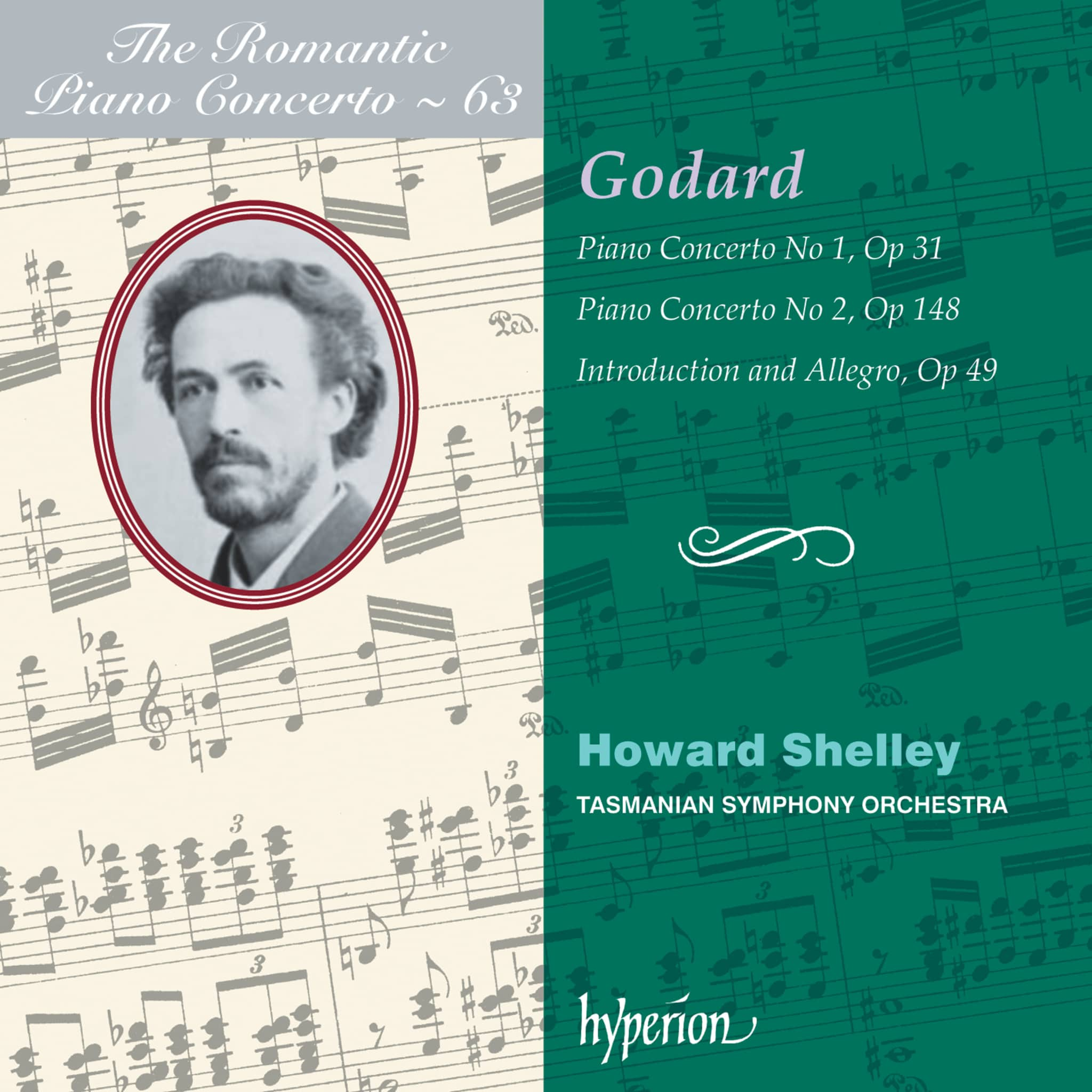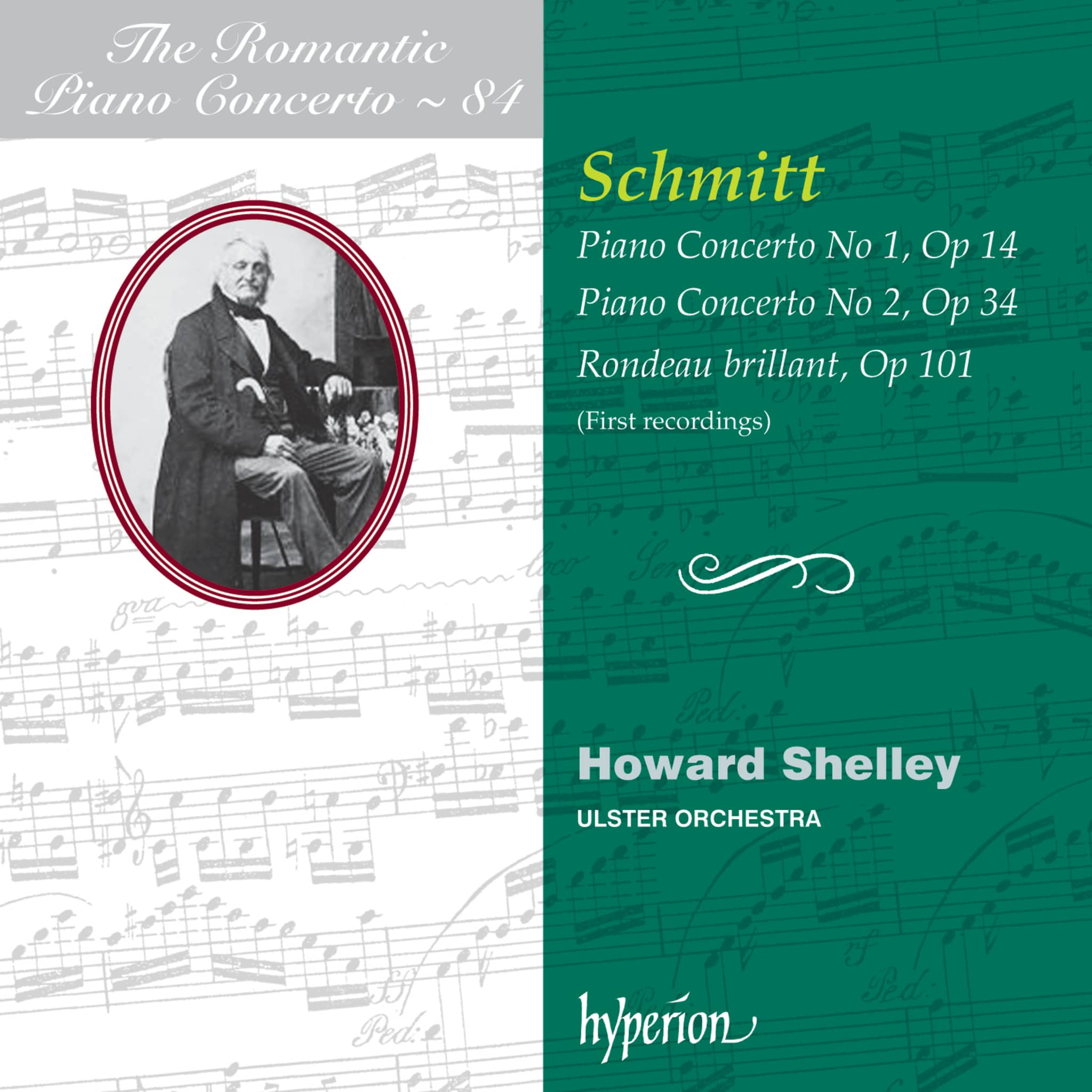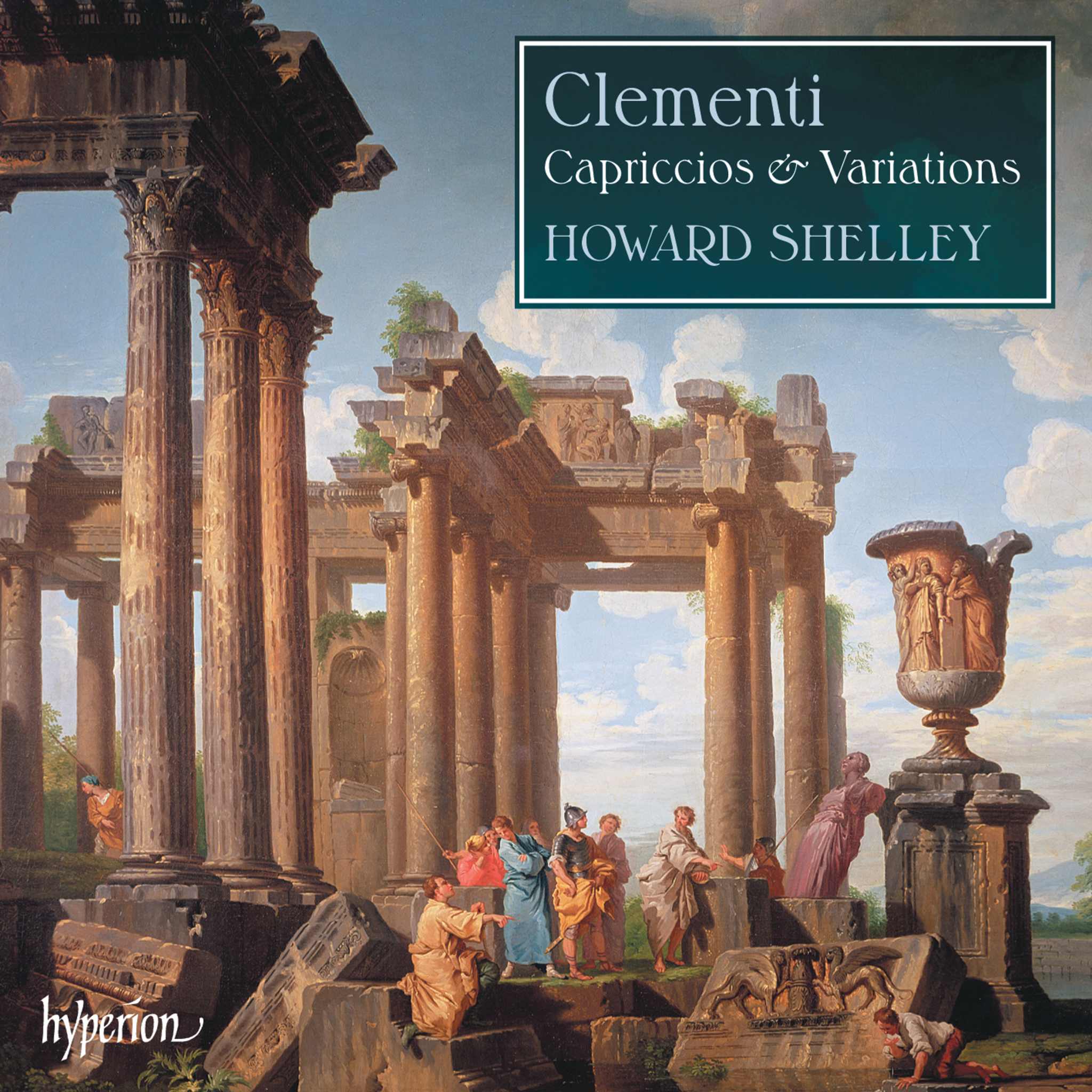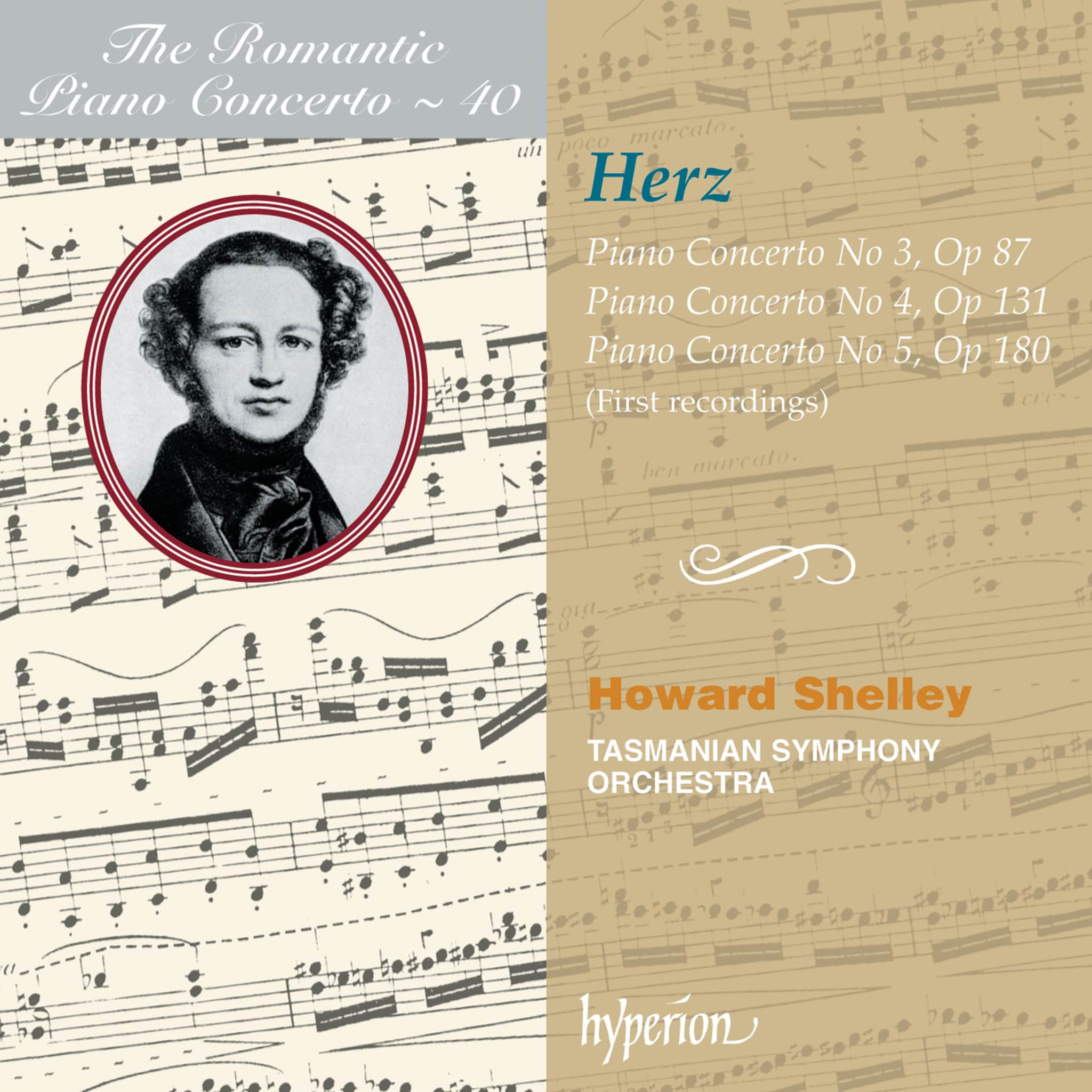Album insights
Der Name Mili Balakirew ist eng mit einer Gruppe russischer Komponisten verbunden, die Wladimir Stassow einst als das "mächtige Häuflein" bezeichnete. Aufgrund seiner fundierten musikalischen Ausbildung galt Balakirew als herausragender Kopf dieses Kreises. Während der 1860er Jahre, in denen er als Lehrer wirkte, wurde er zum Mentor nicht nur von Rimski-Korsakow, Borodin, Mussorgski und Cui, sondern auch von Persönlichkeiten wie Tschaikowski. Als einziger professioneller Pianist dieser Gruppe entschied er sich nach einigen frühen Auftritten gegen eine weitere Laufbahn als Konzertpianist.
Seine berühmteste Komposition für Soloklavier, die orientalische Fantasie "Islamej", entstand 1869 in einer frühen Schaffensphase. Nach einem Nervenzusammenbruch zog sich Balakirew vorübergehend aus der Musikwelt zurück und arbeitete als Eisenbahnbeamter. Neben "Islamej" schuf er zahlreiche technisch anspruchsvolle und beeindruckende Werke, darunter Bearbeitungen und Arrangements, wobei seine einzige vollendete Sonate den Höhepunkt dieser Phase bildete.
Mit großem Einsatz versuchte Balakirew, deutsche Einflüsse aus seinem viersätzigen Sonatenzyklus zu entfernen. Den Beginn setzte er mit einer unkonventionellen, fugierten Exposition, die volksmusikalische Themen und einen eleganten Abstieg vereinte. Besonders faszinierend war die Verbindung von Fuge und Rhapsodie, die Balakirew ungewöhnlich gestaltete. Nach einer Mazurka folgte eine ornamentreiche, harmonische Episode, die sich an die berühmte Inferno-Sonate anschloss. Darauf folgten ein langsamer Satz voller feiner Andeutungen sowie ein kraftvolles, abschließendes Finale.
Julij Kremljow hob Balakirews virtuose Technik und seine Fingerfertigkeit hervor, die an einen Graveurmeister erinnerten. Balakirews Stil zeigt neben Einflüssen von Chopin und Liszt auch Züge monumentaler Grandiosität, wie sie bei Anton Rubinstein zu finden sind. Seine Mazurken und Walzer tragen sowohl folkloristische Züge als auch die Handschrift Chopins. Besonders in seinen Scherzi und Polkas wird die Verehrung für Chopin deutlich. Die Nocturnes folgen dem Vorbild Chopins, während die Mazurken und Polkas von der Folklore inspiriert sind und mit Charme Balakirews vielseitiges kompositorisches Schaffen beweisen. Als Komponist vereinte Balakirew verschiedene Stileinflüsse zu einer eigenständigen, reichen Musiksprache.








